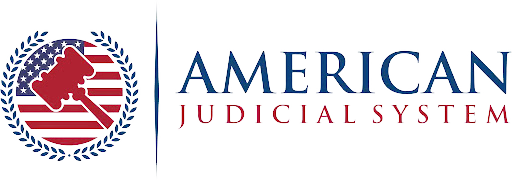A workplace injury can have far-reaching consequences, impacting your physical well-being and financial stability. If you have gone through such a terrible situation, you must understand the statute of limitations for workplace injury claims. This legal time limit is crucial in determining your ability to seek compensation and hold responsible parties accountable. This essay will examine the significance of the statute of limitations and offer suggestions on how to preserve your rights properly.
Understanding the Statute of Limitations
A legal principle known as the statute of limitations, as explained by attorney Scott Silberman of Silberman & Lam LLP, establishes a deadline by which a legal claim must be brought. Workplace injuries create the deadline for initiating legal action against the responsible party, such as an employer or a negligent third party. The purpose of this time limit is to ensure the timely resolution of disputes, protect defendants from stale claims, and preserve the integrity of evidence.
Variations in Statute of Limitations
The statute of limitations for workplace injuries can vary depending on several factors, including the jurisdiction and the type of claim involved. Each state has laws governing these limitations, typically one to six years. To ensure you have the time to submit your claim, being familiar with your state’s specific statute of limitations is essential. Additionally, the type of injury—whether physical, emotional, or occupational—can influence the timeframe. Consulting with an attorney can provide clarity on how these variations apply to your specific circumstances.
The Discovery Rule
In some cases, workplace injuries may not become apparent immediately. To address this, many jurisdictions have adopted the “discovery rule.” This rule allows the statute of limitations to begin when the injured party discovers or reasonably should have discovered their injury. This provision recognizes that injuries like occupational illnesses or internal injuries may not be immediately evident and gives victims a fair opportunity to seek legal recourse.
Importance of Timely Action
Adhering to the statute of limitations is paramount when pursuing a workplace injury claim. Please file your lawsuit within the specified timeframe to avoid the dismissal of your case, barring you from seeking compensation. Additionally, delays in initiating legal action may compromise the availability and reliability of crucial evidence, witness testimonies, and expert opinions.
Preserving Evidence and Documentation
To protect your rights and strengthen your case, it is essential to promptly gather and preserve all relevant evidence related to your workplace injury. This includes incident reports, medical records, photographs, witness statements, and other supporting documentation. The more comprehensive and timely your evidence collection is, the stronger your case will be when pursuing a workplace injury claim.
Consulting with an Attorney
Navigating the legal complexities of workplace injury claims, including the statute of limitations, can be challenging. Getting legal counsel from a seasoned personal injury lawyer is imperative. They can provide assistance, ensure compliance with the statute of limitations, and guide you through the entire claims process, increasing your chances of a successful outcome.
Exceptions and Special Circumstances
It is important to note that exceptions or tolling provisions may exist for specific situations, such as injuries involving minors, individuals with disabilities, or cases of intentional misconduct. You can better grasp any unique circumstances that apply to your situation by speaking with an attorney.
Conclusion
Understanding and adhering to the statute of limitations is critical when dealing with workplace injury claims. This legal time frame ensures timely action, protects the integrity of evidence, and enables a fair resolution for all parties involved. By taking swift steps to document your injury, gather evidence, and consult with an experienced attorney, you can significantly strengthen your claim and improve your chances of obtaining the compensation you deserve.
Your rights and well-being should always be a priority after a workplace injury. Being proactive and informed about legal requirements can help you navigate this challenging time effectively. Seek professional legal advice to clarify your situation and ensure all deadlines are met so you can focus on recovering and moving forward with confidence.










